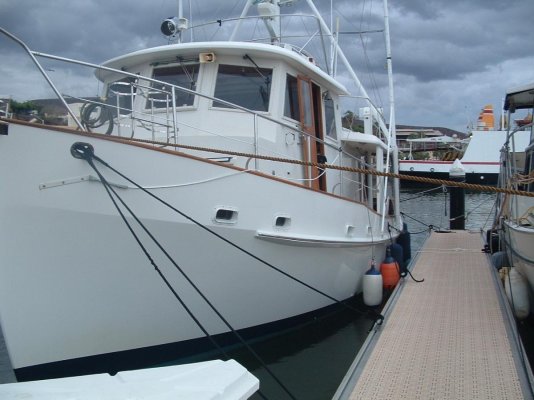I have always wondered if rainfall was part of the flooding but what is always stated is the wind blowing the water across the lake and flooding the south shore. There was a small dike that got overwhelmed by the flood and I suspect the rushing water from the breached dike killed many people.
After seeing what Hurricane Floyd did to eastern NC, it really made me wonder about the hurricane flooding around Lake Okeechobee. Floyd was a 500 year flood event and I saw stuff in tree tops 15-20 feet above the ground.


I wonder about the rainfall during the Okeechobee storm but the amount is never mentioned, only how hard the rain was on the survivors.

Given the devastation, I don't think they were checking rain gauges.

The majority of flooding I saw in Floyd was slow increase and then decrease in water height. Houses did not suffer structural damage as a result. There were two exceptions I saw, one being hear a low point in a rail road track which acted like a dike. The water flowed through that low spot and destroyed an old mobile home that was strapped down to prevent the trailer from blowing away.

The trailer did not blow away but the rushing water destroyed it.

Thankfully, the occupant, a grandma, got out to high ground. The area was in a very low area, with hundreds of homes which were all flooded but nobody died. They barely had time to leave their homes to get to high ground though. High ground was just a short walk away and many people left their cars to get to safety.
The area was filled with multiple generations and they all lost their homes and belongings.

Funny thing was there was a grocery store that just managed to be above the flood waters. These people had nothing. The National Guard was cooking food. The Red Cross was driving around handing out food in containers. The Mennonites had a relief center set up handing out clothes before the flood waters had receeded. I have NO idea where the heck the Mennonites came from but they were a huge help and blessing. The Baptists moved in to help rebuild as well. That grocery store was never robbed even though the survivors had nothing except what other people brought in to them.
Floyd would have killed more people if it had hit FLA or some place low and flat. Some areas I saw in NC had 12-18 inches of rain but one could get to high ground pretty easily compared to say South Florida. Help was able to move in very quickly after the storm because the terrain limited the areas flooded but a Floyd like storm in South FLA would be a horrible disaster.
Later,
Dan






 The trailer did not blow away but the rushing water destroyed it.
The trailer did not blow away but the rushing water destroyed it.